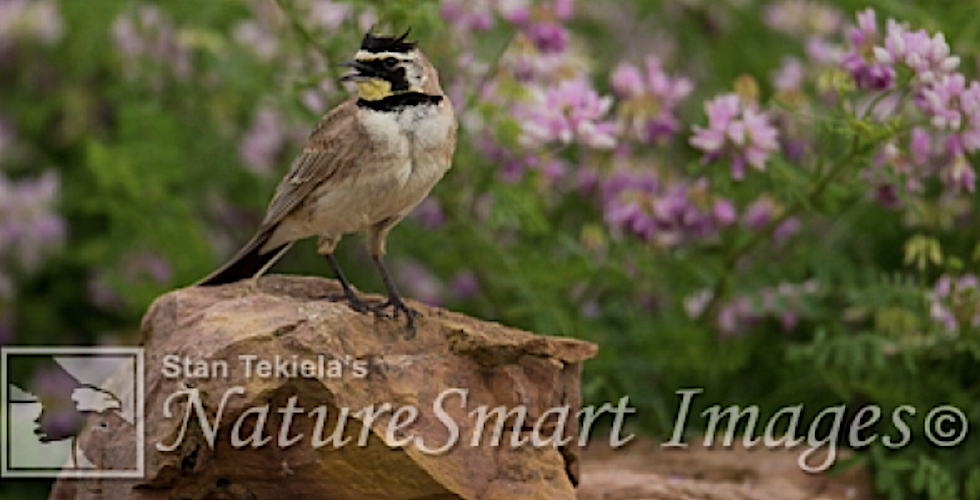
The Return of Horned Larks Is a Sure Sign of Spring
Stan Tekiela, naturalist and wildlife photographer, tells us that Horned Larks are among the first birds to return in spring. Find out who else is on the move!
Migration is often the hallmark of spring. Horned Larks, medium-size birds of open country, are some of the first migrating birds to return in spring. Drive along any rural road at this time of year and you can see flocks of these birds. They are looking for seeds and early flying insects along the roads where the ground is exposed. This is definitely a sure sign of spring, no mater where you live.
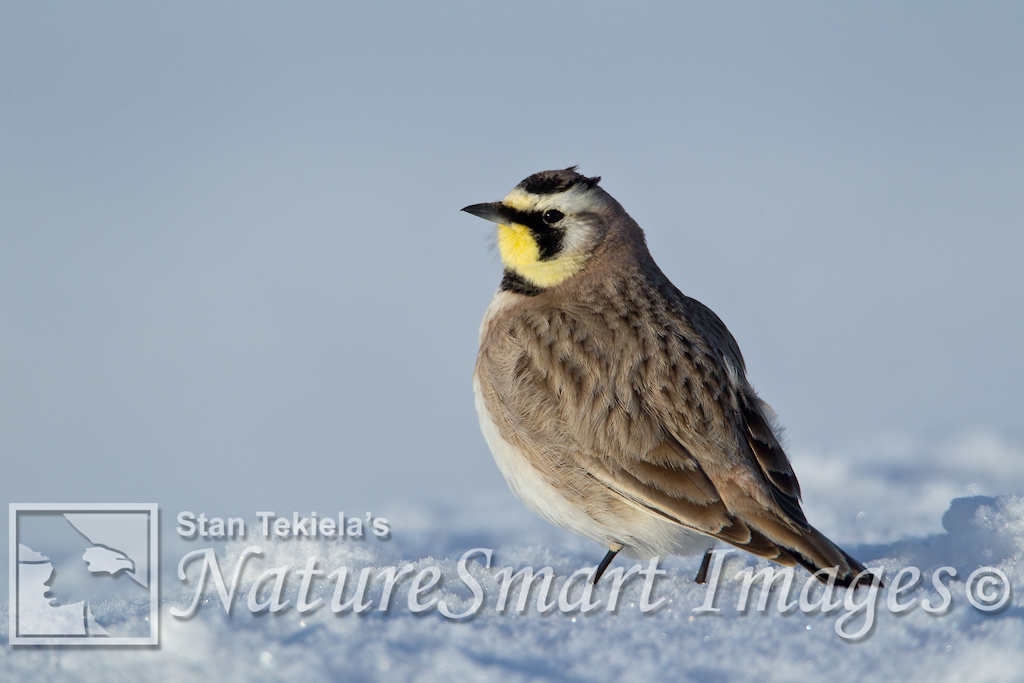
Even though the calendar says it’s still winter, and many parts of the country are still covered with a thick blanket of snow, there are signs of spring all over the place. Let’s start by looking at the birds. They are often the first glimmer of hope that spring is coming. And the Horned Larks are not the only birds returning to us.
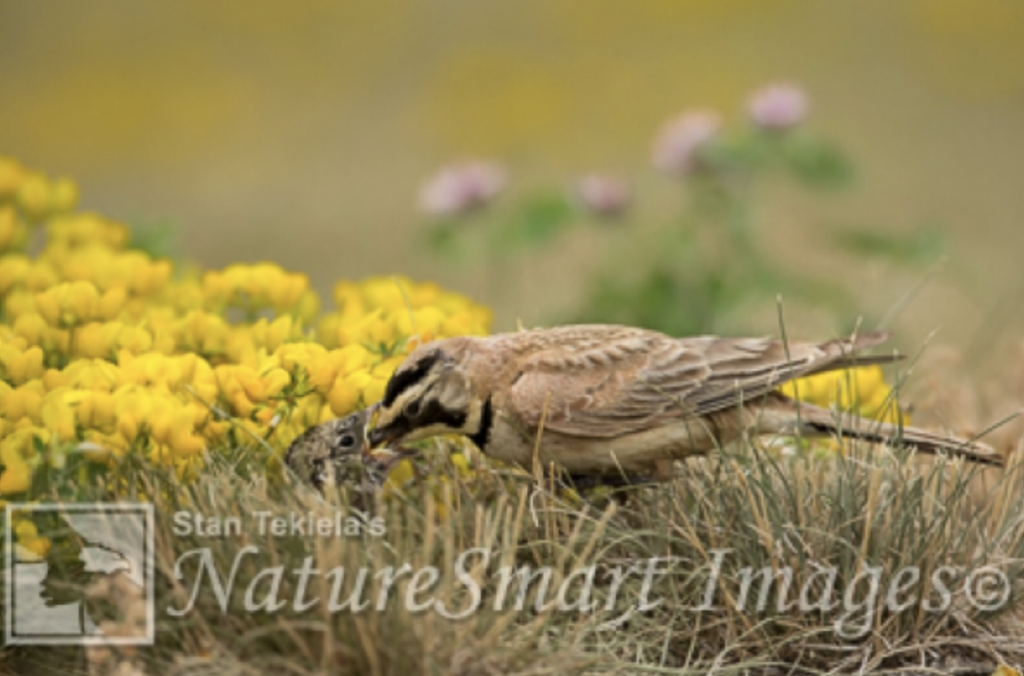
The Black-capped Chickadee, a tiny, happy-go-lucky, black-and-white bird is singing its springtime call. It’s often a two- (and sometimes a three- ) note song that, once you hear it, you will never forget it. The two-note call sounds like the bird is saying “spring-time.” These small songbirds will often nest early, so the males are singing their songs to attract a mate.
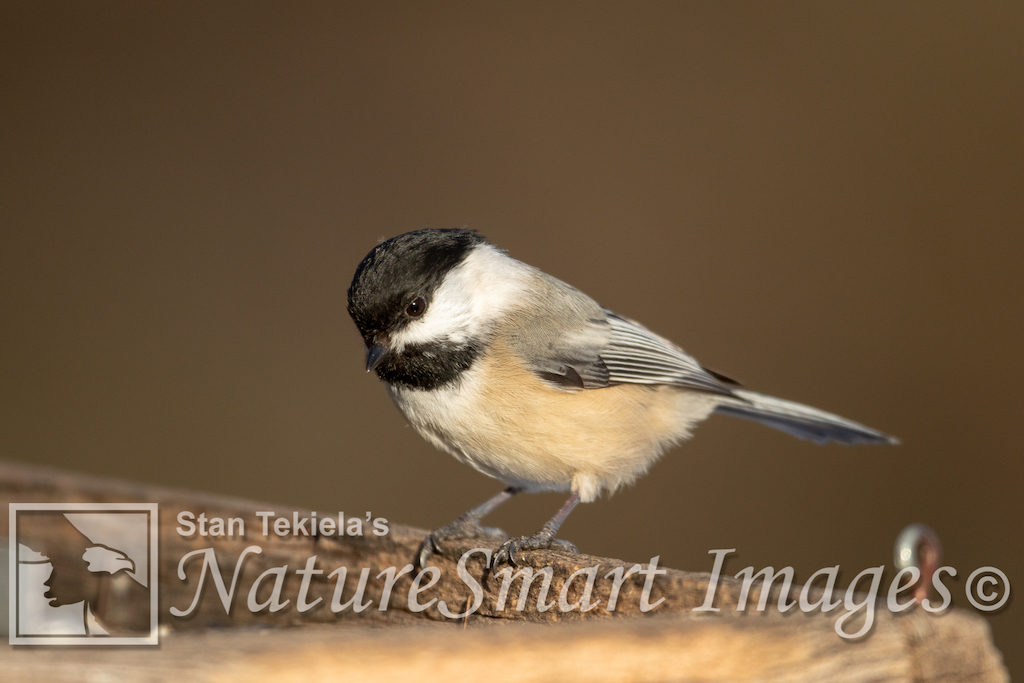
The Red-bellied Woodpecker is very common throughout the eastern half of the country in recent years. This large, nearly 10-inch-tall bird sits in the higher branches of trees and sounds off with a loud “churr-churr” call. This is how the male Red-belly claims his territory and attracts a mate.
The king of early-spring birdsong is the Northern Cardinal. Even when the ground is blanketed with snow and everything is frozen solid, the cardinal can be found perched at the top of a tree on a bright sunny winter morning, singing its heart out. What’s interesting about the Northern Cardinal is that both the male and female will sing. Here in North America, overwhelmingly the males are the songsters and females are silent. However, in other places, such as the tropics, just as many females sing as do males. Why this is the case, no one seems to know.
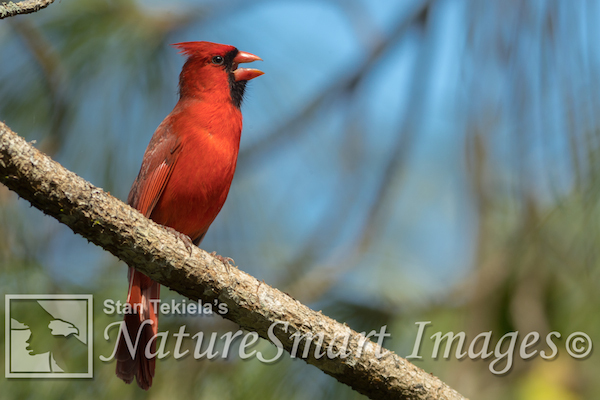
Not only birds are exhibiting spring-like behaviors, but some mammals are also. Gray Squirrels are often seen engaged in high-speed chases across the ground, streaking up tree trunks and zipping across thin branches. This is another sure sign of spring. This chasing is classic mating behavior with multiple males chasing females for a mating opportunity.
The smaller, feistier Red Squirrels are also doing the same spring mating behavior, although Red Squirrels are known for giving chase even outside the mating season.
February is the breeding season for foxes, coyotes, and wolves. So, for these species spring has already sprung, and the mating season is winding down and coming to a close. The females will be heading for dens, which, in many parts of the country, needed to be dug last fall because the ground is still frozen solid.
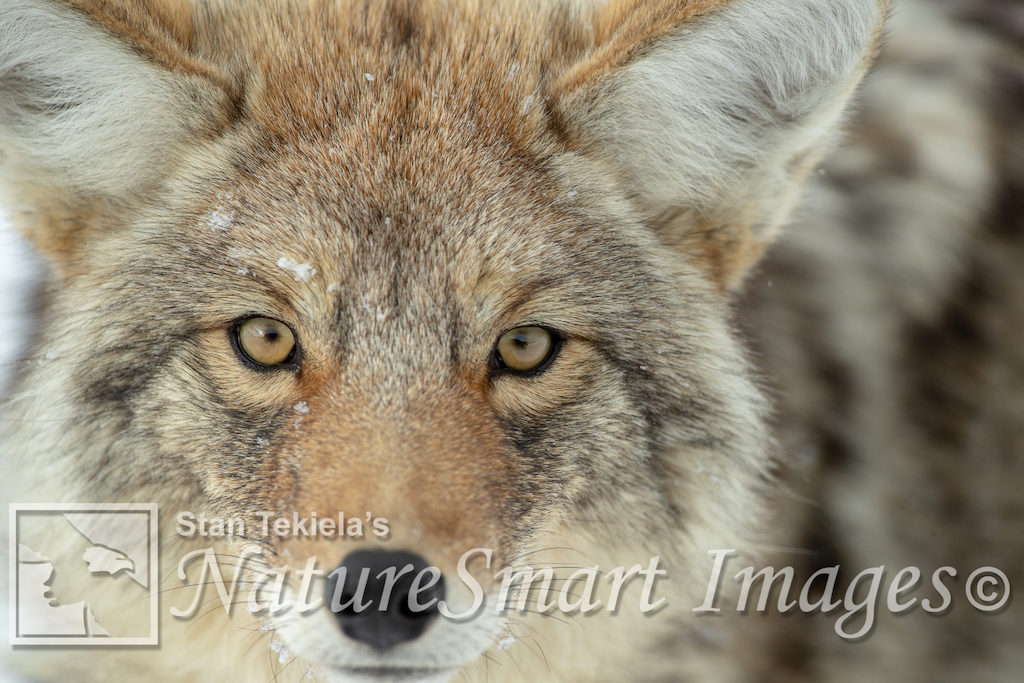
In many parts of the country, Bald Eagles are already sitting on eggs in their nests. However, not all Bald Eagles get early starts. Some will only be mating in March and won’t lay eggs until April.
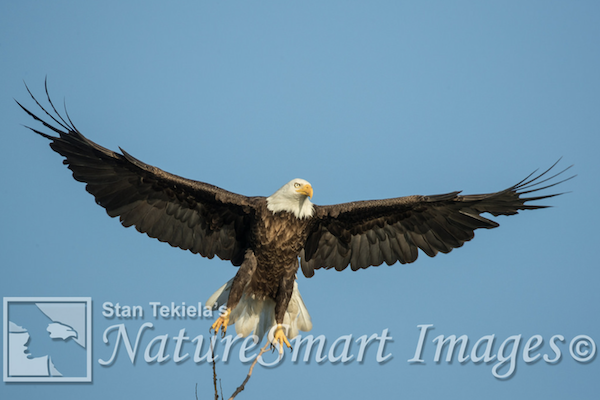
The earliest nesting bird in the U.S. is the Great Horned Owl. All over the country they are choosing a mate in December and January and are usually sitting on eggs in February. They sit on their eggs for 30 days and will hatch anywhere from one to three (or sometimes four) young owlets.
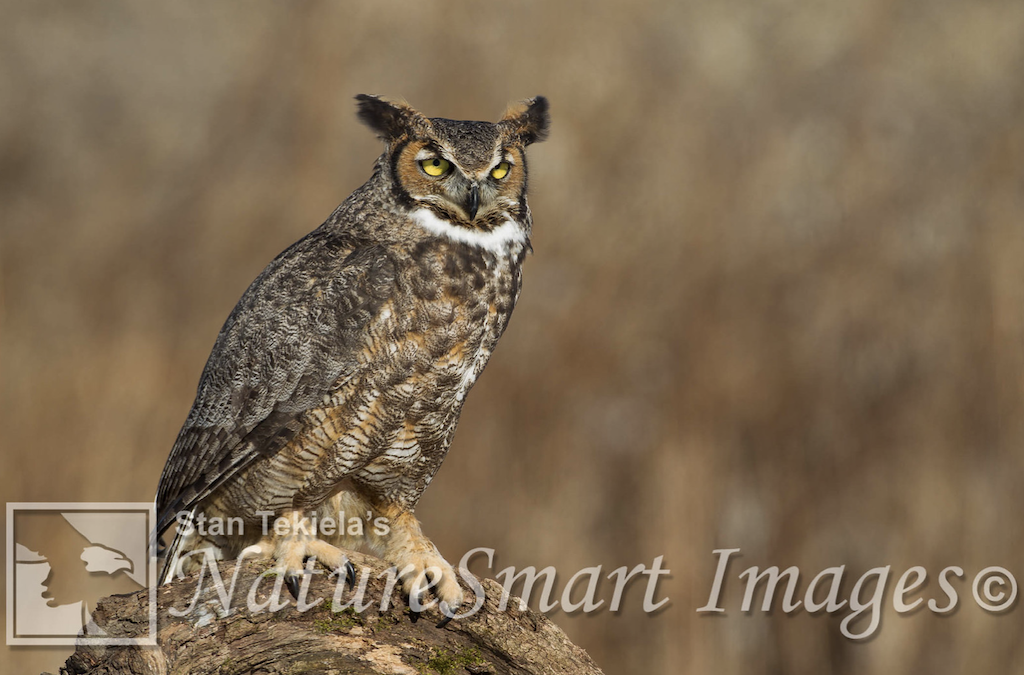
One last sure sign of spring is that the sap is running in the maple trees. March is the time to tap your sugar maple, silver maple, and other members of the maple family. The sap runs when the nighttime temperatures fall below freezing and the daytime temperatures rise above freezing. The clear, water-like sap is collected and boiled down to the tasty maple syrup. It takes about 40 gallons of sap to make 1 gallon of syrup.
If you enjoyed Stan’s post about Horned Larks, you may enjoy one of his amazing nature books: Majestic Eagles, Wild Birds, or Backyard Birds: Welcomed Guests at our Gardens and Feeders.
You can follow Stan on Facebook and Twitter, or contact him via his web page. Stan’s nationally syndicated NatureSmart Column appears in more than 25 cities spanning 5 states (Minnesota, Wisconsin, Michigan, Illinois, and Pennsylvania) and is circulated to more than 750,000 readers.
For more stories about wildlife and nature, sign up for our newsletter now!


